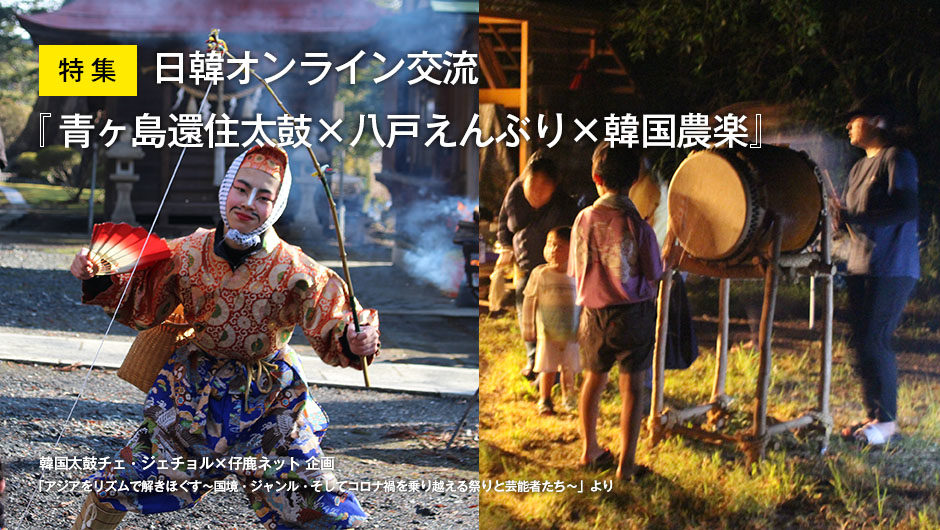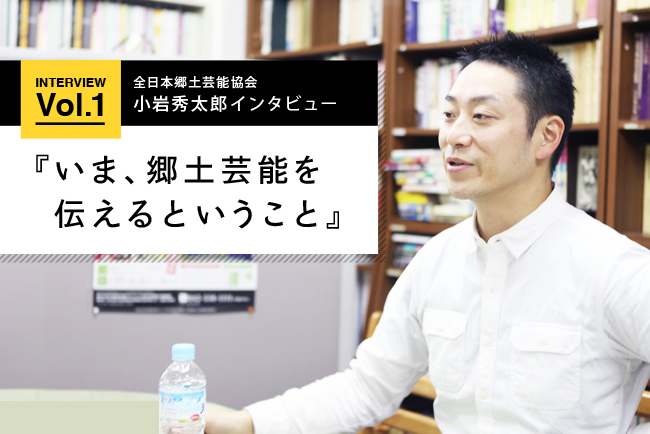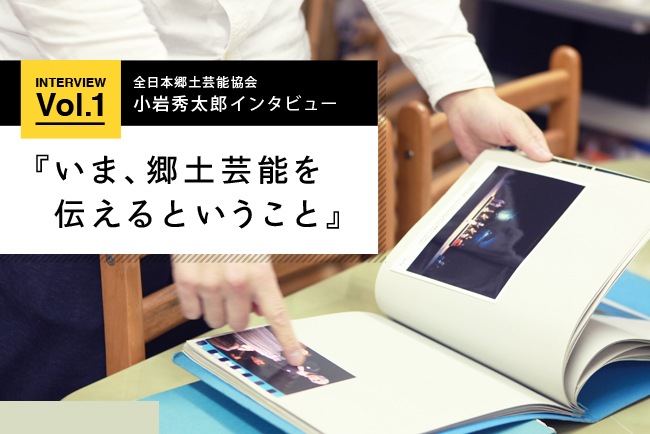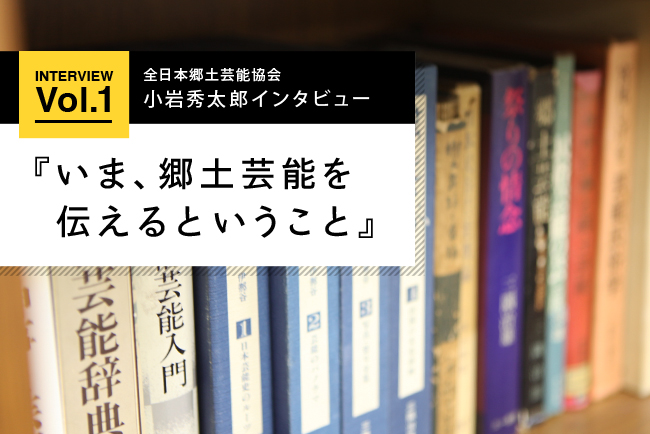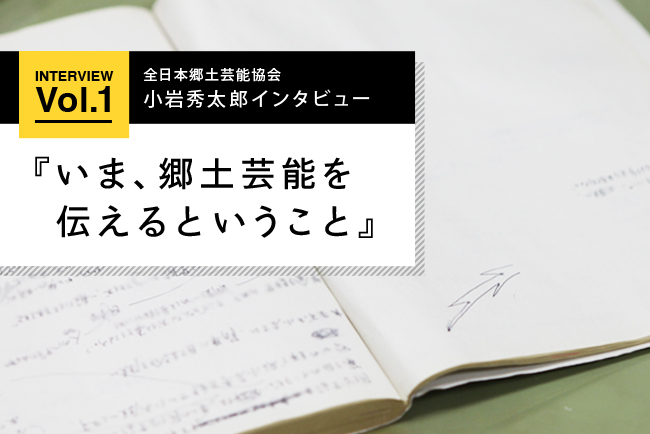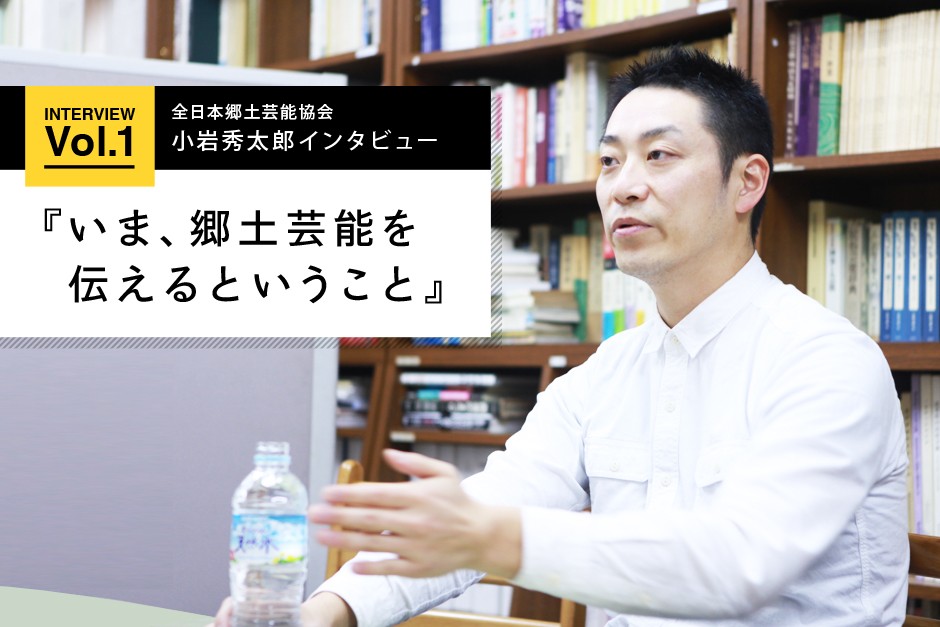Under the title of “Unravel Asia with Rhythm〜Festivals and Performers Overcoming Borders, Genres, and Covid-19 pandemic” We visit “Aogashima KANJU-daiko(Tokyo)”, which we have been friends with for a long time, and connect online with performers from “Hachinohe Enburi “(Aomori Prefecture)” and “Korean Pungmul”., Korean drummer Choi Jaechol devised an exchange plan for dialogue and demonstration to know the influence of the Covid-19 pandemic. Cojika.net accompany it and cooperated in writing the process.
This is a close-up article in Japanese and English about the Japan-Korea online exchange meeting of “Aogashima AKNJU-Taiko” x “Hachinohe Enburi” x “Korean Pungmul”.
* About infectious disease prevention measures
When coming to the island, this project was realized by repeating detailed meetings in advance on the premise that the island activities will be carried out in accordance with the rules set by the island below.
Rule in iland: In addition to general infectious disease prevention measures, and activity restrictions for three days after coming to the island, the voluntary waiting,and to hold an exchange event outdoors.
We would like to express our sincere gratitude to all the islanders, including the Arai family.
About the purpose of planning the online exchange meeting
This project originated from the Aogashima International Cultural Exchange Program between Aogashima KANJU-Taiko and Korean Pungmul in December 2019. Since then, continuous exchanges have been held while expanding the range of activities, but under
Coronavirus pandemic, various projects were forced to be canceled.
On August 16, 2020, the 4th year of this year’s KANJU-Taiko activity “12 Hours Taiko” was also threatened, but in response to the voice of the representative Satoshi Arai , I decided to come to the island with Choi Jaechol after thorough prevention of infection measures, with the wish to keep a record of the situation.
In addition, Mr. Choi and Mr. Lim, a performer of Korean Pungmul and Mrs. Kamino, a researcher of the National Museum of Ethnology, including the members of “Hattaro Enburi-gumi” in Hachinohe City, Aomori Prefecture, who have been visiting and interacting with each other every year since 2015. This is a 12-hour taiko x Japan-Korea performing arts exchange meeting, in which you can share the influence of Coronavirus pandemic and provide opportunities to experience each other’s performing arts.
Time to start of “12 Hours Taiko”
The 12-hour drum started at 9 am with Satoshi’s gentle voice, “Let’s do our best”. Participants are a total of 7 children from elementary school to junior high school.The date is under the scorching sun of midsummer. It seems that it is rare to be blessed with such fine weather, and Satoshi smiles with a bitter smile, “It may be the toughest ever.” The main venue is the Arai family, commonly known as “Santeari,” which is surrounded by lush mountains and trees, about 15 minutes by car from the residential area of Aogashima.

We prepared a sunshade for the heat
Aogashima, once called Onigashima
Aogashima is located in the southernmost part of the manned Izu Islands and has a population of about 160. The residential area is said to be the least populated village in Japan, and even though it is in the same Tokyo area, it is located about 350 kilometers away from the city center. One of the major features of the island is its topography. The island itself forms a double caldera at the crater of an active volcano, and since the outer circumference is the outer ring mountain as it is, it forms a characteristic terrain surrounded by cliffs. Therefore, it is difficult for the ship to berth. Although regular vessels are in service from Hachijojima, they will be canceled immediately on unseasonable weather and high waves.

Scenery from Otonbu, the highest point in Aogashima

There is also a geothermal kettle
Thoughts on “return to Aogashima”
The word “KANJU” is exactly the origin of the island and the history of Aogashima. There is a spectacular background in which the large volcanic eruption that occurred in the 1780s lost the abundant nature and cultivated land that had existed until then, displaced the settlements, and forced all the islanders to flee to Hachijojima. While continuing to evacuate to Hachijojima, where he arrived from his life, he thought of his distant hometown and made many sacrifices to the rough waves of the Kuroshio Current that separates Hachijojima and Aogashima, and took about 50 years to achieve “return to Aogashima”.

The ship is pulled up by a crane because the waves are so rough that it cannot be anchored
“KANJU Taiko” is based on the island songs and dances that have been performed for a long time even before the great eruption, and the taiko play that has been popular for entertainment during the sacred rituals that have been performed in folk beliefs. It was launched about 40 years ago as a local performing art that talks about the feelings of ancestors’ return to Aogashima.
Think and Feel of ancestral drums
Including this background, Satoshi is making an effort to inherit the KANJU Taiko. I would like to ask you how you started playing taiko for 12 hours.
“We sometimes play in 3 or 5 minutes for the stage, but it was a world where it was originally a fun time to play and hit till the morning. The 12-hours drum is the 4th time this year, I want to let children experience that kind of way of playing. Even on such a small island, We live a modern life, so We don’t have to hit the drum with that kind of time feeling. So I dare to hit it for 12 hours. After deciding that, We try to “Re-enjoy our drums”. If we can develop that kind of feeling through the event. ”

Mr. Satoshi Arai, the representative of Aogashima KANJU Taiko
Is the world that you can see by hitting for a long time different?
“That’s right. Improvisation, how to take time, and humor are asked. If you have 12 hours, you can’t spend it without devising it. If it’s the stage, do what you decided. I can finish it by showing it cool. I hope they can find a place where there are various ways to enjoy taiko and various feelings. ”
Taiko as a spoken language
In “KANJU Taiko”, two players improvise a melody by hitting one drum from both sides.
“There are flutes, bell, and drums, and it’s not something that is formed as an ensemble like that.It is said that the same rhythm is struck and supported by SHITA-uchi, while the free rhythm is improvised by UWA-uchi, which is a melody instrument. and you can also be a dancer. Improvise the length of each impression. Everyone will enjoy watching it, and will take turns. It feels like the spotlight always hits one person and connects. “Satoshi says.
It’s as if they’re alternating and talking with the sound of drums.
“If you enjoy it, the space-time will be distorted. Everyone has had such a special experience that the performing arts originally have, so they have the feeling that they’ll do it even though there is a reaction of oh my god 12 hours !? you know.”
I asked Ms. Momiji, a second-year junior high school student who finished beating for a while.
「Some people can make their own repertoire, but it’s quite difficult for me.
But it’s very interesting to play it with an unknown drum like Jaechol-san (who has roots that aren’t in our context).」

Momiji, She said she likes music and musical instruments so much that she can’t live without music.
A high school boy said, “I understand the character quite a bit by how he hit it. This person is the type who snuggles up to the other person, and that person is the type who plays and attacks in various ways. Each is completely different.”

A high school student who starts playing by imitating Jaechol’s way of hitting, Aogashima does not have a high school, so he goes to a high school on the mainland. This time, I came home for this evet.
Depending on how you hit it, even the same person may hear it differently, and I feel that it is really the original “language” that comes out of that person.
Although they know each other, it is enviable for me that I have not idea to play instrument to know the other person through the drum and to meet again. Especially when I was a kid with few language choices.

During the lunch break, Satoshi played drum set.

When moving from place to place, set two drums, listen to the sound, and switch
Continue to the second part

